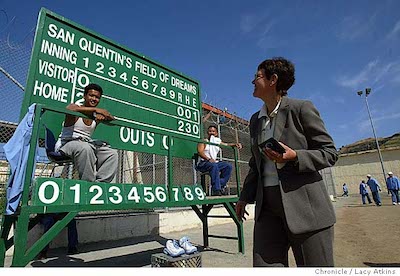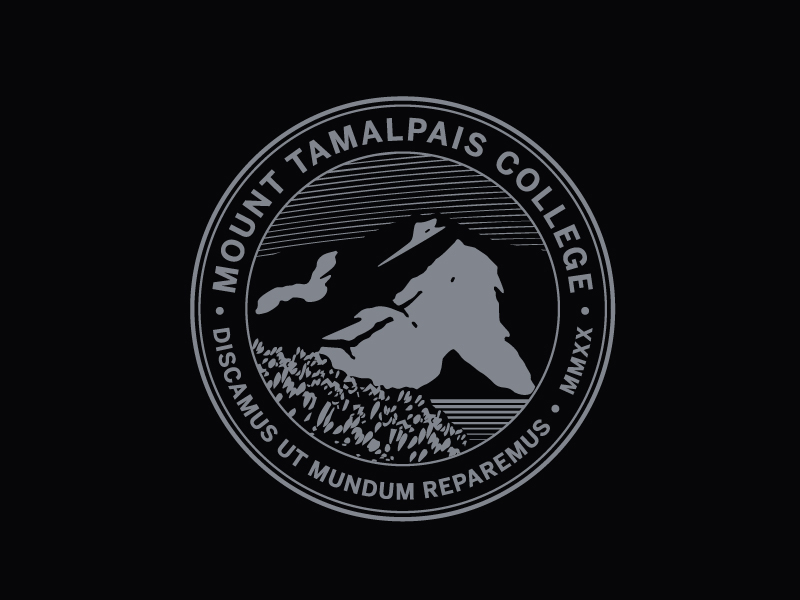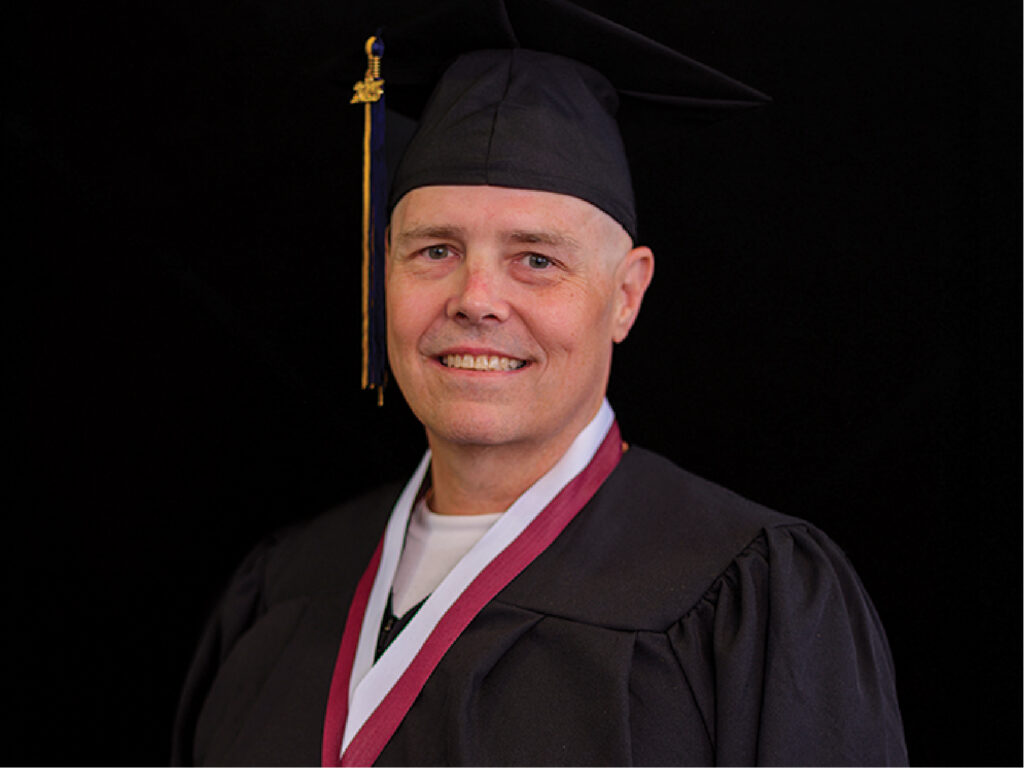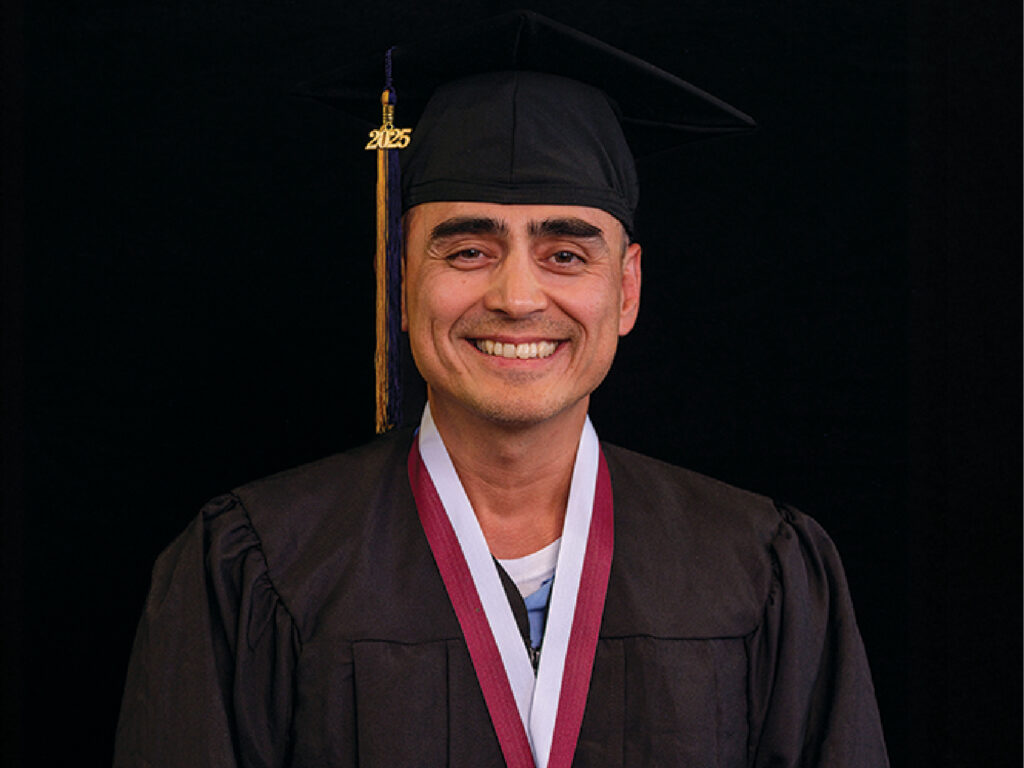Developers, real estate agents and politicians dream of bulldozing San Quentin State Prison because, they say, the 152-year-old relic has become too costly to maintain and should be put to better use.
The bay front site would be ideal, they say, for mixed-income neighborhoods with parks, playing fields, shops, restaurants and a transit center with a rail link and a deep-water hub for ferries.
“We believe that San Quentin should be shut down and there should be a comprehensive and spirited debate among all sectors of the community on how that site should be used,” said Edward Segal, executive vice president of the Marin Association of Realtors.
But prison officials are moving ahead with plans to build a new, $220 million Death Row at San Quentin — a project that would turn as many as 40 acres of prime waterfront property into pod-like cellblocks and other facilities for the state’s most notorious inmates.
These plans for a maximum security Death Row compound on the west side of the 432-acre prison property have won a surprising degree of support from death penalty opponents and prison volunteers. Both groups say they stand a better chance of helping inmates if the prison remains open.
Some residents of San Quentin Village, who fear that outside developers want to turn their quaint enclave into a small city with huge traffic problems, also support the new Death Row project. Still others are fed up with having a busy prison complex in their backyard.
San Quentin’s future is a tug of war of strange alliances and political power plays. In recent years, jawing about the prison’s fate has become one of Marin County’s passions. But this time, the debate seems to be moving past idle speculation. Big decisions are in the works that could affect the prison property for decades.
Advocates and critics of competing plans for San Quentin voiced their opinions in recent interviews and hearings. A public forum held Oct. 27 on the Death Row project attracted about 80 people on all sides of the issue. State planners held a hearing Nov. 4 to field public comments on its environmental impact report for the site.
Attribution: This originally appeared on SFGate on November 12, 2004. Read Story
Please note that the Prison University Project became Mount Tamalpais College in September 2020.












